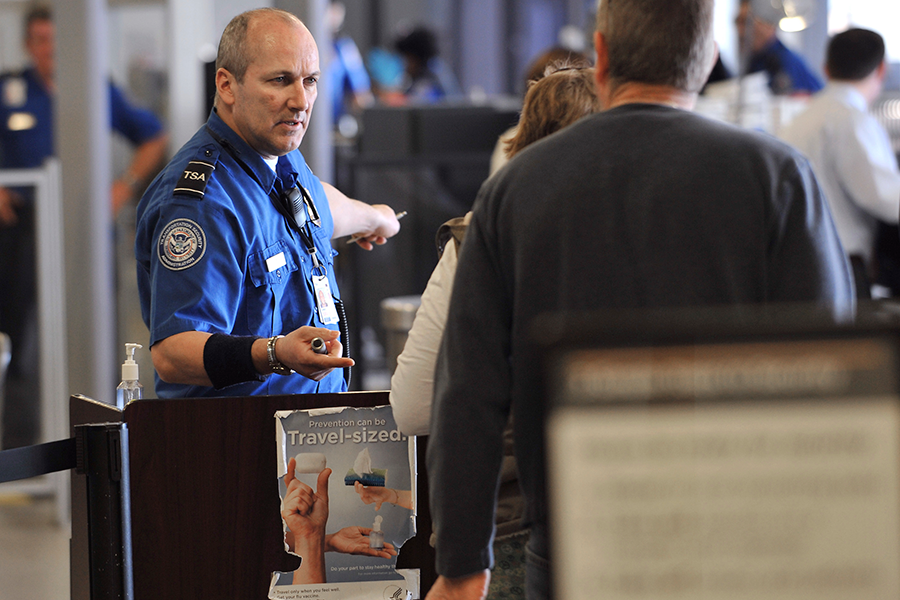TSA pat-downs are getting more intense under new nationwide regulation
Loading...
Pat-downs at the airport will become more intimate under new national security guidelines in an effort to improve safety for travelers.
But it isn't clear just how invasive the new procedure might be.
Announcing the change last week, a spokesman for the Transportation Security Administration described the new method as more “comprehensive” than past approaches but declined to disclose specifics as to what that would entail for security reasons.
“I would say people who in the past would have gotten a pat-down that wasn’t involved will notice that the [new] pat-down is more involved,” TSA spokesman Bruce Anderson said Friday, according to Bloomberg.
Previously, security agents at United States airports had five approved methods to turn to when conducting a pat-down. The options have been eliminated, leaving all agents nationwide with just one procedure.
The agency alerted local law enforcement to the new procedure, predicting that the method could surprise travelers and spur them to contact local authorities with concerns that TSA agents had violated them.
“Due to this change, TSA asked FSDs [field security directors] to contact airport law enforcement and brief them on the procedures in case they are notified that a passenger believes a [TSA employee] has subjected them to an abnormal screening practice,” Airports Council International-North America wrote in a notice.
The TSA screens some 2 million travelers across the nation each day. For those who trigger the alarm on the imaging scanner, or refuse to walk through, a pat-down becomes a requirement to continue through security. Those subject to the searches can elect to have the procedure in a private area with one companion, or in public view.
The policy change comes after TSA agents failed to uncover concealed mock weapons and explosives in 95 percent of internal tests in 2015. In the tests, Homeland Security officials posed as passengers in airports around the country. They succeeded in smuggling the devices past security in 67 out of 70 trials.
But TSA agents have seen success since, frequently intercepting weapons making their way onto planes with passengers. In 2016, officials uncovered a record number of 3,391 firearms in carry-on luggage or with passengers.
That trend seems to be continuing, as TSA found a record 21 firearms in one day in February.
Some worry that the new policy, or at least its rollout, could slow down security screenings in airports, leading travelers to miss their flights.
“It's a different world today,” Chris Petersen, who travels about twice a month, told NBC reporters in San Diego Sunday. “I just want to get to where I'm going.”
But as threats of violence and terror loom, many have expressed support for procedures that bring added safety, even if they can complicate the travel process.
“You're 40,000 feet up in the air, you don't want people bringing in things they shouldn't,” Michelle Scherber, another traveler, told the network.








